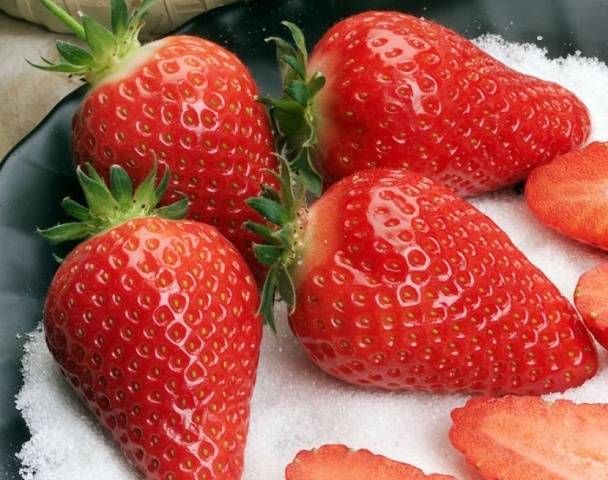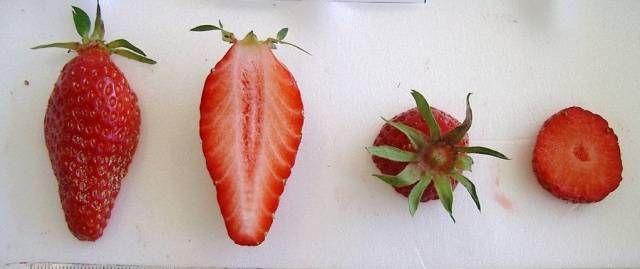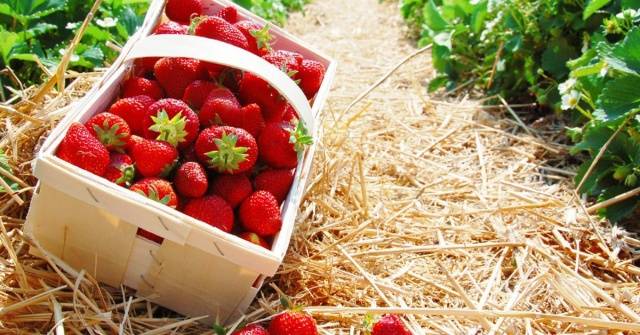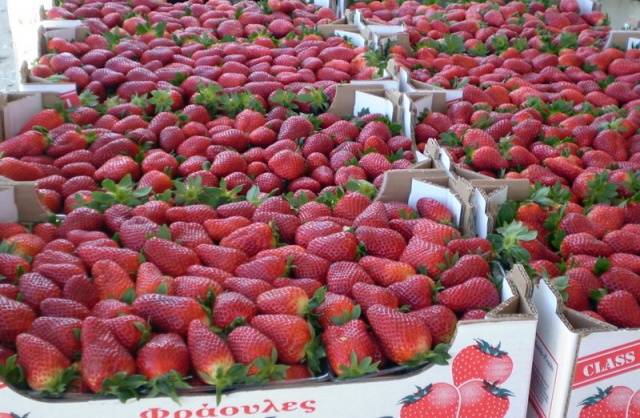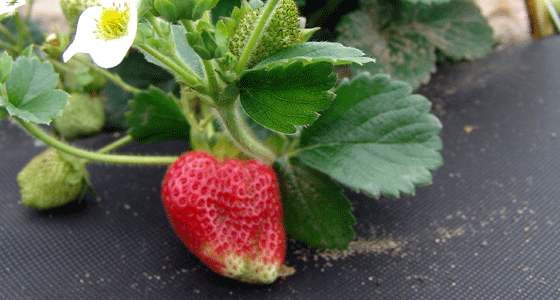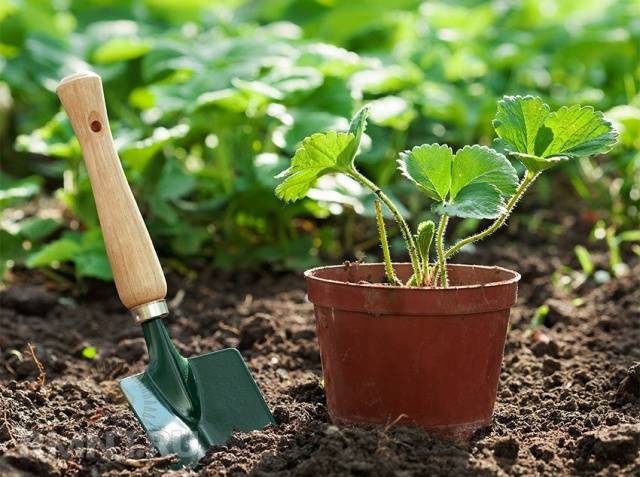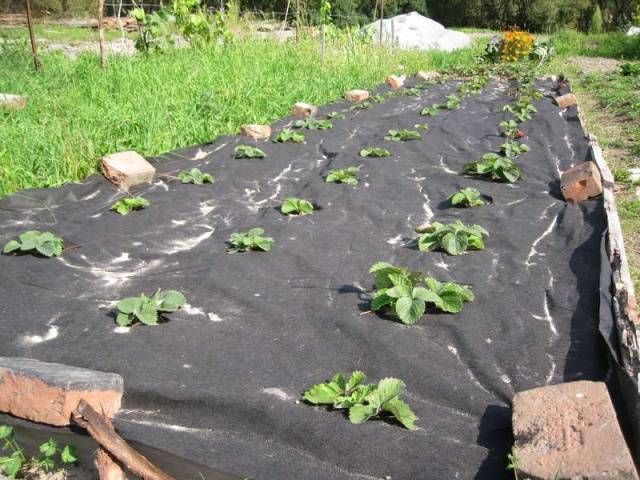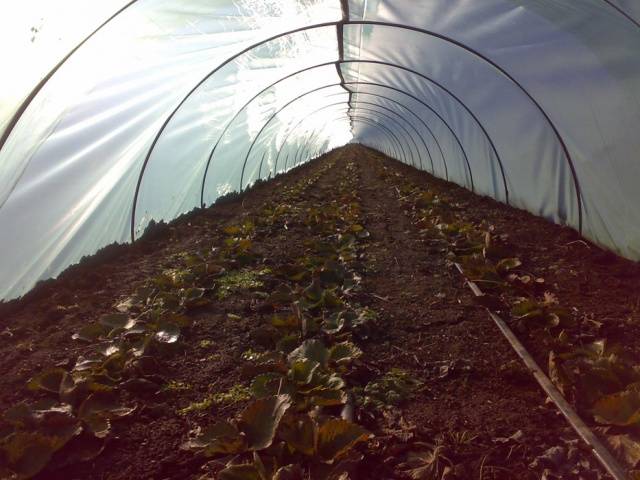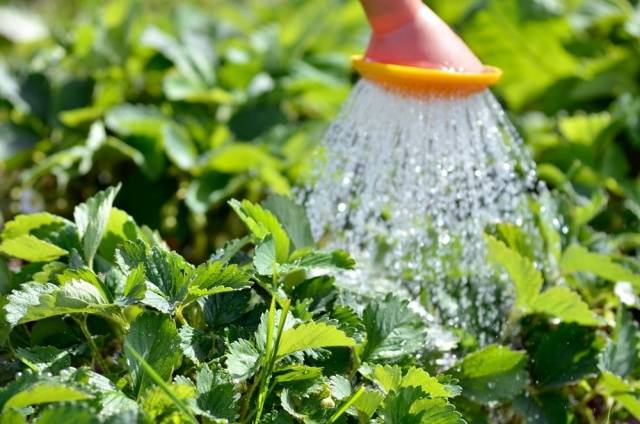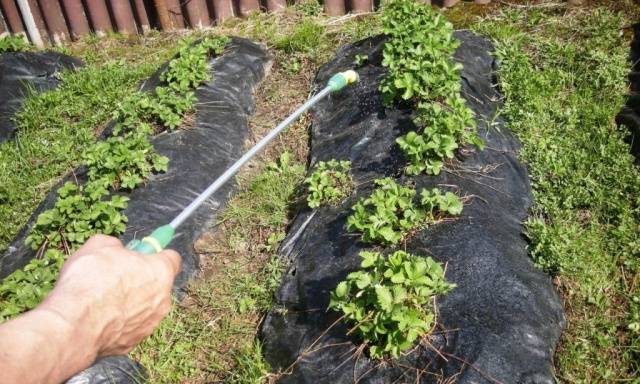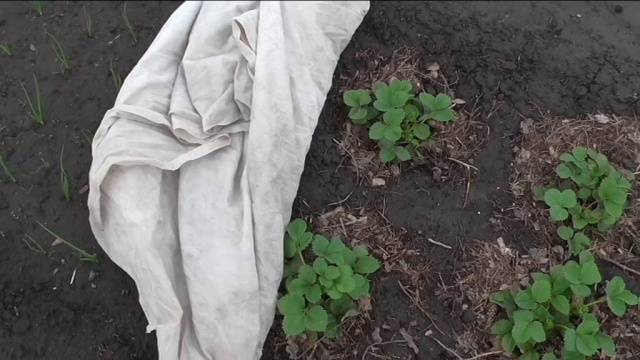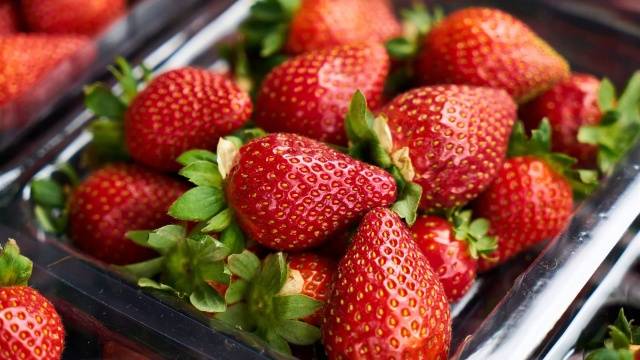Content
Garden strawberries with the original name Gariguette appeared at the beginning of the last century. There are several versions regarding the origin of this variety, but most gardeners are inclined to the theory of the appearance of Gariguetta in the south of France. It cannot be said that this strawberry has gained great popularity in Europe, but the variety is valued for its high tasting qualities and is considered a dessert one. Experts call Gariguetta an elite strawberry, which is not suitable for industrial cultivation, but can take its rightful place in the possession of a gardener-collector.
Description of the Gariguetta strawberry variety, photos and reviews of farmers can be found in this article. It will indicate the strengths and weaknesses of elite strawberries, tell you how to grow them, and how to provide them with care.
Characteristics of the variety
Probably, the most important factor for domestic gardeners is adaptation to local climatic conditions, because Russia is not the south of France or Italy. In the harsh continental climate, tender Gariguetta does not feel very well: it does not tolerate low temperatures, temperature fluctuations, high humidity and excessive heat.
Gariguetta strawberries are often grown for commercial purposes, but it is recommended to sell them in local markets: in restaurants, cafes, and the fresh market. Fragile strawberries do not tolerate transportation and long-term storage, therefore, the harvested Gariguetta berries are not suitable for sale in supermarkets or long-distance transportation.
Detailed description of the variety Gariguetta (Gariguet):
- the ripening time of strawberries is medium - the berries ripen simultaneously with other medium-early varieties (such as Honey, for example);
- extended fruiting - fresh strawberries can be harvested for about a month;
- Gariguetta bushes are powerful, strongly spreading, have many leaves - this strawberry is easy to recognize among other varieties precisely because of the habitus of the bush;
- leaves are carved, large, corrugated, painted in a light green shade;
- peduncles are very long and powerful, up to 20 berries can form in each;
- Gariguetta reproduces very easily, because about twenty mustaches are formed on each bush;
- the root system is powerful, well branched;
- the shape of strawberries is biconical, sometimes it is a truncated cone;
- fruit color is red-orange;
- the weight of the berries allows them to be classified as large - on average, 40 grams (the very first Gariguetta fruits are larger than the last);
- the flesh in the cut is sugary, with a white heart, very aromatic and sweet;
- European gardeners rate the transportability of strawberries as high and medium, local producers note that the fruit skin is too thin and the berries are poorly stored;
- the taste characteristics of Gariguetta are very high, strawberries are among the dessert varieties, with their own unique taste;
- the variety is resistant to most diseases and pests (in particular, chlorosis and spider mites);
- the yield of Gariguetta is not very high, even moderate - about 400 grams per bush (if you use intensive technologies, you can slightly increase these indicators).
Advantages and disadvantages
Local growers shouldn't be too picky about the Gariguetta variety. This strawberry really has extraordinary taste qualities (bright aroma, berry aftertaste, balance of acid and sugar, strawberry notes), but in the Russian climate all this can be lost. In order for the variety to retain its natural qualities, for Gariguetta, it is necessary to create growing conditions that will be as close to natural as possible (the climate of the French southern regions).
Garden strawberry Gariguetta has several indisputable advantages:
- very good and unique taste - the berries simply melt in the mouth (testimonials from those who have tried this testify to this);
- performance sufficient for a private garden;
- good formation of seedlings - it is easy to get seedlings on your own, you do not have to spend money on planting material (but you have to thin out the strawberry beds);
- resistance to diseases and pests.
Unfortunately, the Gariguetta strawberry also has disadvantages, and they are especially pronounced if the crop is grown in the climate of Russia. The disadvantages of the variety include:
- heterogeneity of the size and shape of berries, which is not very good for trade;
- at too low summer temperatures, strawberries do not gain weight, the berries become long and narrow (carrot shape);
- it is recommended to shade strawberries, as the berry is baked under the intense sun;
- in a rainy summer, strawberries grow sour and do not reveal all their qualities.
Rules for growing elite strawberries
Of course, without efforts on the part of the gardener, a strawberry variety from a mild temperate climate will not be able to fully adapt to a harsh continental one. However, in the southern and central areas, you can try to grow Gariguetta in your own garden. In the north of the country, it is already recommended to use greenhouses, film tunnels, heated greenhouses in which the microclimate can be controlled.
In general, the way of growing Gariguetta strawberries is highly dependent on the climatic characteristics of a particular region.
Planting strawberries
Before planting strawberry seedlings, you need to choose a good place for this:
- with fertile, loose and light soil (Gariguetta, unlike other varieties of strawberries, does not like loam and sandy loam);
- with the possibility of natural or artificial shading (in the intense heat of strawberries, shelter will be required);
- in an area protected from strong winds;
- on level or slightly elevated terrain (in the lowlands, the berries rot).
In the northern and central regions with a cooler climate, it is recommended to plant Gariget in high beds or use a special agrofibre, sprinkle the bushes with organic mulch. In regions with hot climates (Krasnodar Territory, Crimea) it is better to provide for the possibility of shading strawberry beds, use a net or awning for this.
The planting scheme should be as follows: at least 40 cm between the bushes and 40-50 cm - the interval between the beds. If the plantings are too thick, the strawberries will not reach their full potential, and you need to leave room for the mustache.
How to care
Some seed producers claim that Gariget strawberries are unpretentious and unpretentious.Maybe in France this is so, but in the climate of Russia, Ukraine and Belarus, it is quite difficult to grow a decent harvest of the Gariguetta variety.
The best place for this strawberry is the film tunnel. But such cultivation is unprofitable for industrial producers of strawberries, and ordinary summer residents often do not want to bother with such capricious varieties when there are more unpretentious and adapted ones.
You will have to take care of Gariguetta strawberries a lot and often:
- Constantly feed beds, because without this, instead of large beautiful berries, small elongated "carrots" will grow. Gariguetta responds well to any fertilizers, both organic and mineral. At the beginning of the growing season, strawberries need nitrogen, and at the stage of flowering and formation of hearths - potassium and phosphorus. In the fall, after harvest, you can use humus and wood ash.
- To water strawberries are needed intensively, otherwise the fruits will grow small and tasteless. Best of all, Gariget accepts drip irrigation. You can also water the bushes along the furrows and channels laid directly next to the bushes.
- In cold regions you will have to use shelters, and in hotter ones - stock up on nets or awnings to protect the plants from the sun.
- Given that the flowers and fruits are low, you need to avoid their ground contact (especially during the rainy season). To do this, use mulch or agrofibre.
- It is necessary to process strawberries, although the variety is considered resistant to diseases and pests. Better to use prophylactic agents, with which the bushes are sprayed even before the flowering phase of garden strawberries.
- Extra mustache will have to be removed, as they will quickly take root and the beds will turn out to be neglected. Cut off the shoots in the fall, before sheltering the strawberries for the winter.
- For the winter, the Gariguetta variety necessarily harbor... In most regions of the culture, it is enough to shelter with agrofibre or mulch, provided that the winter is snowy. Under other circumstances, you will have to take care of more serious protection for the strawberries.
In general, a farmer or summer resident will have to be patient - by itself, Gariguetta will not grow in Russia. On the other hand, subject to proper agricultural technology, the taste of this variety will fully unfold, and the strawberry yield will be above average.
Review of the Garigette variety
Conclusion
You cannot call Gariguetta's strawberry a variety for everyone: it is not suitable for every gardener. This culture is too demanding on the composition of the soil and on the characteristics of the climate, it needs intensive nutrition and disappears without sufficient care. The unusual and valuable taste of the berry is not revealed in every area, for this you need to create ideal conditions for strawberries.
However, the Gariget variety also receives good marks from domestic summer residents: for this to happen, several factors must be formed at once (a good place, good soil, a favorable climate).
